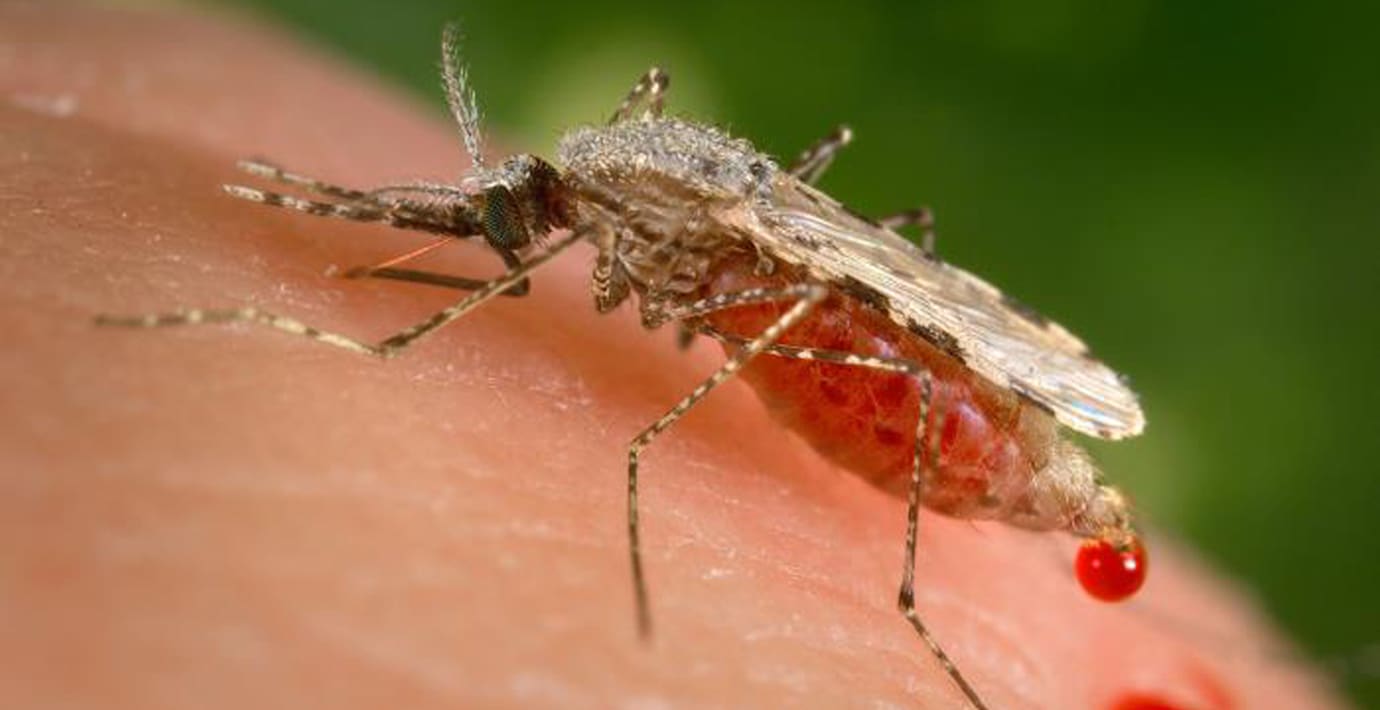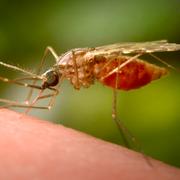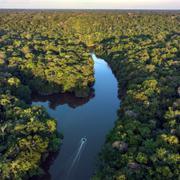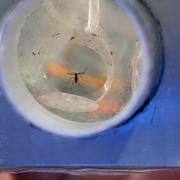
Ytterligare malariavaccin närmar sig slutstadiet
Ytterligare ett malariavaccin håller på att utvecklas och börjar närma sig ett stadie där det kan testas, säger WHO:s generaldirektör Tedros Adhanom Ghebreyesus enligt AFP.
Vaccinet heter R21/Matrix-M och utvecklas på Oxfords universitet och är enligt Ghebreyesus ”under översyn för kvalificering”.
– Det är viktigt att komma ihåg är att det dör ett barn i malaria nästan varje minut. Vacciner är ett ytterligare verktyg i kampen mot den svåra sjukdomen, säger Kate O'Brien, direktör på WHO:s vaccinprogram.
I slutet av 2023 ska vaccinet RTS,S börja delas ut i tolv afrikanska länder. Det blir då det första malariavaccinet som delas ut i stor skala.
bakgrund
Malaria
Wikipedia (en)
Malaria is a mosquito-borne infectious disease that affects humans and other animals. Malaria causes symptoms that typically include fever, fatigue, vomiting, and headaches. In severe cases, it can cause jaundice, seizures, coma, or death. Symptoms usually begin ten to fifteen days after being bitten by an infected mosquito. If not properly treated, people may have recurrences of the disease months later. In those who have recently survived an infection, reinfection usually causes milder symptoms. This partial resistance disappears over months to years if the person has no continuing exposure to malaria.Malaria is caused by single-celled microorganisms of the Plasmodium group. It is spread exclusively through bites of infected Anopheles mosquitoes. The mosquito bite introduces the parasites from the mosquito's saliva into a person's blood. The parasites travel to the liver where they mature and reproduce. Five species of Plasmodium can infect and be spread by humans. Most deaths are caused by P. falciparum, whereas P. vivax, P. ovale, and P. malariae generally cause a milder form of malaria. The species P. knowlesi rarely causes disease in humans. Malaria is typically diagnosed by the microscopic examination of blood using blood films, or with antigen-based rapid diagnostic tests. Methods that use the polymerase chain reaction to detect the parasite's DNA have been developed, but they are not widely used in areas where malaria is common, due to their cost and complexity.The risk of disease can be reduced by preventing mosquito bites through the use of mosquito nets and insect repellents or with mosquito-control measures such as spraying insecticides and draining standing water. Several medications are available to prevent malaria for travellers in areas where the disease is common. Occasional doses of the combination medication sulfadoxine/pyrimethamine are recommended in infants and after the first trimester of pregnancy in areas with high rates of malaria. As of 2020, there is one vaccine which has been shown to reduce the risk of malaria by about 40% in children in Africa. A pre-print study of another vaccine has shown 77% vaccine efficacy. Efforts to develop more effective vaccines are ongoing. The recommended treatment for malaria is a combination of antimalarial medications that includes artemisinin. The second medication may be either mefloquine, lumefantrine, or sulfadoxine/pyrimethamine. Quinine, along with doxycycline, may be used if artemisinin is not available. It is recommended that in areas where the disease is common, malaria is confirmed if possible before treatment is started due to concerns of increasing drug resistance. Resistance among the parasites has developed to several antimalarial medications; for example, chloroquine-resistant P. falciparum has spread to most malarial areas, and resistance to artemisinin has become a problem in some parts of Southeast Asia.The disease is widespread in the tropical and subtropical regions that exist in a broad band around the equator. This includes much of sub-Saharan Africa, Asia, and Latin America. In 2021 there were 247 million cases of malaria worldwide resulting in an estimated 619,000 deaths. Approximately 95% of the cases and deaths occurred in sub-Saharan Africa. Rates of disease decreased from 2010 to 2014 but increased from 2015 to 2021. Malaria is commonly associated with poverty and has a significant negative effect on economic development. In Africa, it is estimated to result in losses of US$12 billion a year due to increased healthcare costs, lost ability to work, and adverse effects on tourism.
bakgrund
RTS,S
Wikipedia (en)
RTS,S/AS01 (trade name Mosquirix) is a recombinant protein-based malaria vaccine. It is the only malaria vaccine approved and in wide use. As of April 2022, the vaccine has been given to 1 million children living in areas with moderate-to-high malaria transmission, with millions more doses to be provided as the vaccine's production expands. It requires at least three doses in infants by age 2, with a fourth dose extending the protection for another 1-2 years. The vaccine reduces hospital admissions from severe malaria by around 30%.
Omni är politiskt obundna och oberoende. Vi strävar efter att ge fler perspektiv på nyheterna. Har du frågor eller synpunkter kring vår rapportering? Kontakta redaktionen



